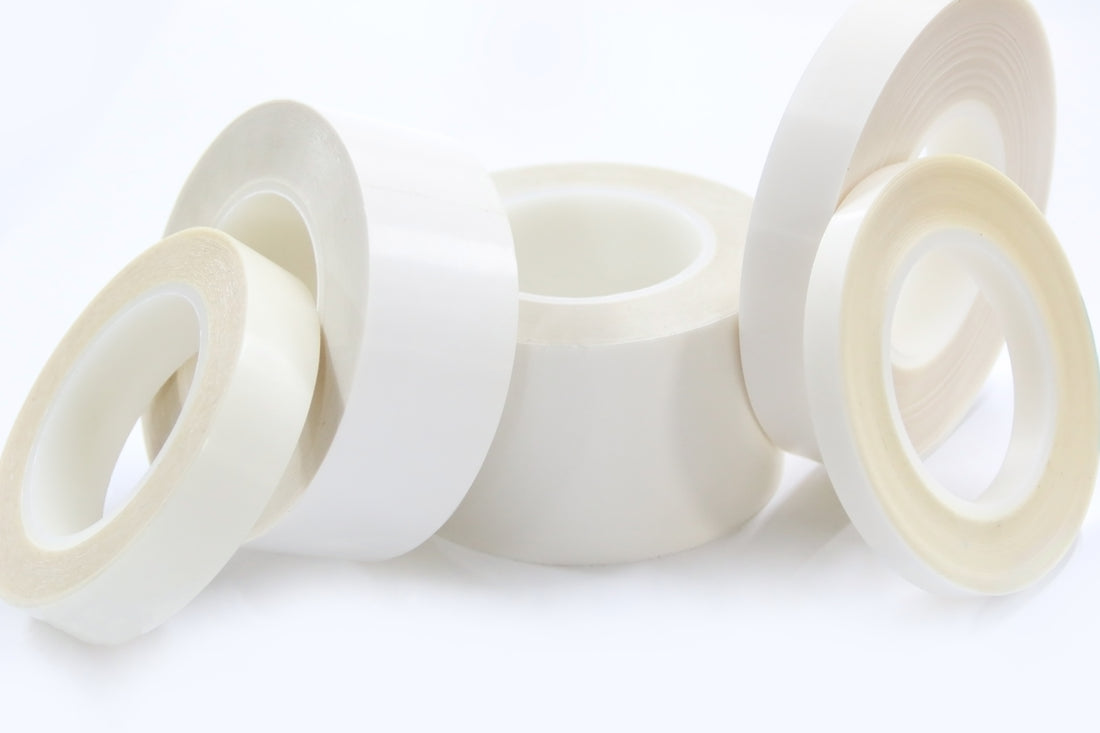UHMW
(Ultra High Molecular Weight Polyethylene) is a very durable plastic with excellent wear resistance and wear resistance. Its versatility makes polyethylene a popular plastic for countless industrial applications that require durability, low friction and chemical resistance. Applications include UHMW wear strips, chain guides, packaging machine parts, and marine dock fender pads.
PTFE
(Polytetrafluoroethylene) is a soft, low-friction fluoropolymer with excellent chemical resistance and weather resistance. PTFE is stable at temperatures up to 500 ° F and is commonly used in high temperature environments. PTFE also has excellent electrical insulation properties.
Similarity:
Both plastics are naturally white and are widely in stock by most plastic retailers. Both plastics are known to have a very low coefficient of friction and a net water absorption of zero. Both plastics are naturally FDA / CFIA compliant. Both plastics can be modified with a variety of fillers and additives. However, this is where the similarities end.
Difference:
There are so many differences between products that they are best described in the list.
- PTFE is significantly more expensive than UHMW
- PTFE can only handle about 1/5 the load of UHMW
- PTFE is slippery than UHMW (although both have a lower coefficient of friction)
- UHMW has much better wear properties than PTFE
- PTFE withstands more than 4 times the UHMW temperature with continuous use
Material Properties
For each property being compared, the top bar is PTFE and the bottom bar is UHMW-PE.


